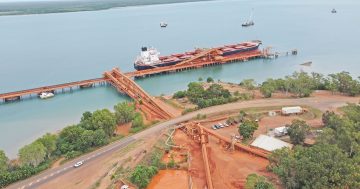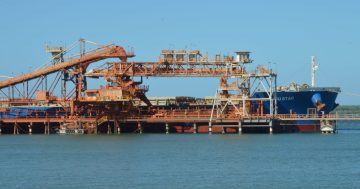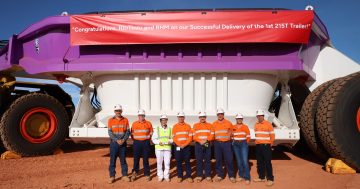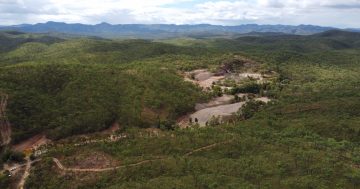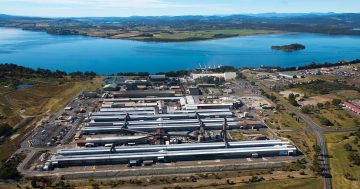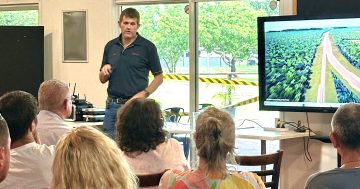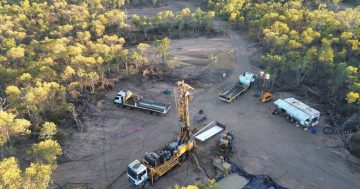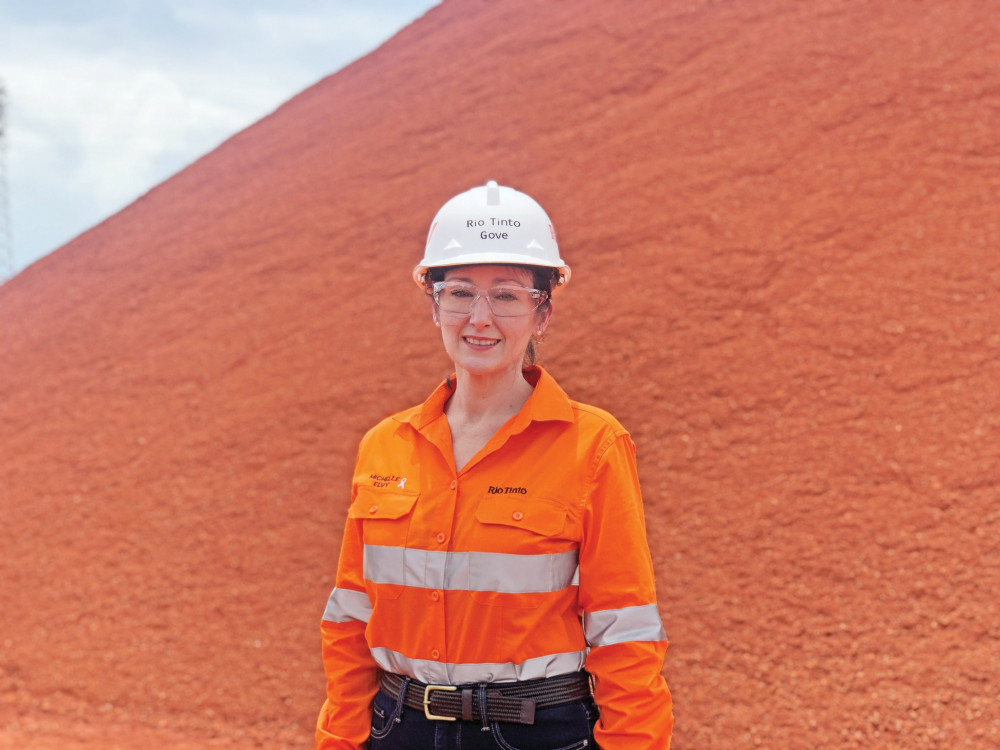
Rio Tinto’s bauxite production dropped six per cent in the second quarter of 2021, compared to 2020, with just 13.7 million tonnes produced in the quarter.
Company insiders expect the Weipa operations to drop overall production in 2021 and fail to meet set targets.
In a video update posted on Facebook, Rio Tinto’s general manager of bauxite operations Michelle Elvy said the weather was to blame,
“We’ve had a mixed year so far,” she said.
“We’ve suffered some real weather challenges at the start of the year which have significantly impacted Amrun.
“The Amrun recovery plan is in place and is tracking well, however, the production tonnes will still be a stretch until the end of the year.
“Andoom has different challenges as well. Andoom’s integration with shipping and logistics remain an ongoing challenge for us operationally.”
Last week’s half-yearly report did not make good reading for investors, with the iron ore business also struggling to meet targets.
Rio Tinto was also hit by a combination of bad weather and rising costs at its Pilbara operations, recording a 12 per cent drop in exports out of its West Australian hub in the June quarter compared to the same time last year.
The company has also seen a cost increase of about $300 million, reflecting a four per cent jump from about $US18 to $US18.5 per tonne, thanks to changes to mine heritage management and higher prices for labour and diesel.
Rio’s latest quarterly report released on Friday also revealed its COVID-19-related costs for the Pilbara had hit $100 million in the first half of the year.
A massive 171 million tonnes of iron ore will need to be shipped in the second half of the year if Rio is to meet the lower end of its production guidance for 2021, which was set between 325 and 340 million tonnes.
Rio Tinto chief executive Jakob Stausholm said the company was focused on getting product to its customers in a global economy which has recovered strongly.
“We faced some challenges in the first half notably at our Pilbara operations, which were impacted by replacement mine tie-ins and materially higher rainfall,” he said.
“Heightened COVID-19 constraints, which resulted in numerous travel restrictions, added further pressure on the business and limited our ability to access additional people in order to deliver operational improvements or maintenance initiatives and accelerate projects.”


